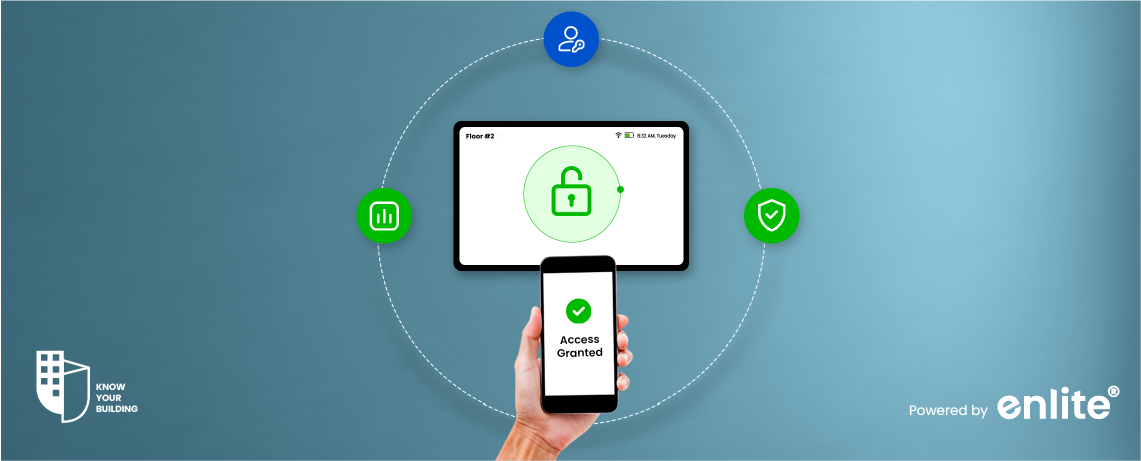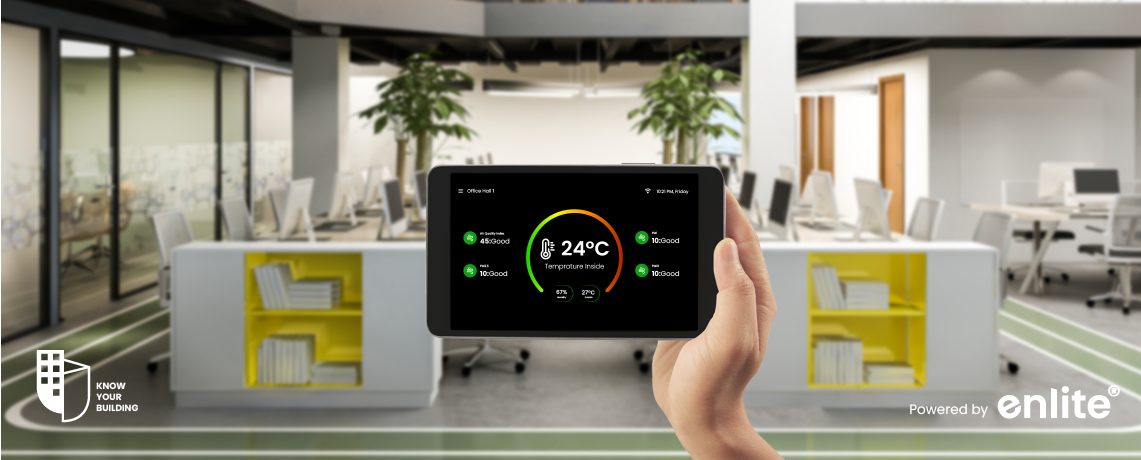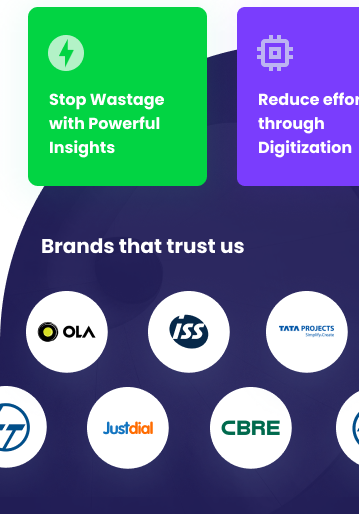Introduction
In an increasingly interconnected world, ensuring the safety of occupants and assets in buildings has never been more crucial. According to a recent study by MarketsandMarkets, the global access control market is projected to grow from $8.6 billion in 2022 to $12.8 billion by 2027, driven by advancements in digital technology. Moreover, security breaches cost organizations an average of $4.35 million per incident, according to IBM’s Cost of a Data Breach report.
Digital Access Control Systems (DACS) have become indispensable in enhancing building security, offering advanced solutions such as biometric authentication, cloud-based management, and real-time monitoring. This blog explores how these systems improve security and the best practices for implementation.
How Digital Access Control Enhances Security
🔒 Restricts Unauthorized Access
Digital access control ensures that only authorized individuals can enter specific areas, using methods such as key cards, PIN codes, biometrics, or mobile-based access.
🔍 Real-Time Monitoring
Cloud-based systems enable real-time monitoring of access points, providing alerts for suspicious activities and unauthorized access attempts.
🔋 Centralized Control
Facility managers can manage access permissions for multiple locations from a single platform, streamlining operations and enhancing security across all sites.
🎯 Audit Trails and Data Insights
DACS maintain detailed logs of entry and exit activities, helping organizations analyze patterns, ensure compliance, and investigate incidents efficiently.
⚡ Multi-Layered Authentication
For sensitive areas, multi-factor authentication adds an extra layer of security by combining PINs, biometrics, and keycards.
Real-Life Example: A Corporate Office Solution
A multinational corporation in Singapore deployed a cloud-based digital access control system to secure its office building. By integrating biometric authentication and real-time monitoring, the company:
- Reduced unauthorized access incidents by 40%.
- Improved security response times with instant alerts.
- Simplified visitor management through mobile-based access.
This transformation not only enhanced security but also streamlined operations across its global offices.
Advantages of Cloud-Based Digital Access Control
🏢 Remote Management
Facility managers can modify access permissions and monitor activities remotely, ensuring quick responses to security threats even off-site.
📊 Scalability
Cloud-based systems adapt seamlessly to growing building portfolios, making them ideal for multi-site operations.
🤖 AI and Predictive Analytics
Advanced analytics predict potential breaches and optimize security protocols based on historical data.
⚡ Touchless Access
Post-pandemic, touchless access methods like facial recognition and mobile-based entry have gained traction, improving hygiene and security.
Best Practices for Implementing Digital Access Control
- ✅ Conduct Security Audits: Identify high-risk areas to prioritize during system implementation.
- 🔒 Use Multi-Factor Authentication: Secure sensitive areas with layered authentication methods.
- 🔧 Integrate with Existing Systems: Ensure seamless integration with other security solutions, such as CCTV and fire alarms.
- ⬆ Regularly Update Software: Keep the system updated to address vulnerabilities and improve performance.
- 🌐 Train Staff: Educate employees on the system’s features and proper usage to maximize its effectiveness.
Future Trends in Digital Access Control
🤖 AI-Driven Security Enhancements
AI will play a pivotal role in automating security protocols, analyzing access patterns, and predicting potential breaches.
🌐 Blockchain for Secure Access Logs
Blockchain technology will ensure tamper-proof and transparent access records, improving accountability.
✨ IoT Integration
Integration with IoT devices will enable smart access control systems to interact seamlessly with other building technologies, such as lighting and HVAC systems.














